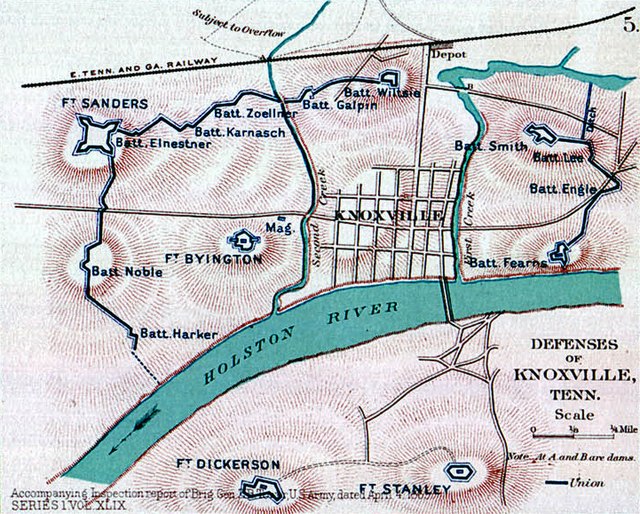
Emerging Civil War (ECW) is one of my favorite blogs to follow for stories, news, and articles about the Civil War. It has quite a roster of editors and writers, all of whom have backgrounds (and often jobs) in history, national parks, and publishing. They publish a weekly newsletter, sponsor an annual conference, and have a series of books published with the publishing firm Savas Beatie.
What I particularly enjoy is how their posts and publications are in understandable (i.e., non-academic) English. They’re writing to be read and understood by people like me, the general public. (In case you’re interested, they also produce and manage a sister site on the American Revolution, Emerging Revolutionary War Era.)

Last year, ECW published several works to celebrate their tenth anniversary. One of those is Grant vs. Lee: Favorite Stories and Fresh Perspectives from the Historians at Emerging Civil War. Edited by ECW Editor-in-Chief Chris Mackowski and contributor Dan Welch, it’s a collection of 46 articles by 22 authors posted on the site from the preceding 10 years.
The Civil War period covered is less than a year – Ulysses Grant and Robert E. Lee did face each other in battle until the Battle of the Wilderness (May 5-7, 1864). And even then, their armies fought over terrain unconducive to battle – dense scrub and forest that had as much to do with the engagement’s outcome as anything the armies or the generals did. In one essay, Mackowski argues that it was this battler, rather than Gettysburg, that should be considered the turning point in the war. What Lee learned was that Grant would through wave after wave of men and weaponry at him, and only counting the fearsome cost afterward. (“Was Grant a butcher?” he asks in another essay.)
Other battles and engagements are covered, including Spotsylvania, Cold Harbor, North Anna, Petersburg, the fall of Richmond, and Appomattox. And the collection not only addresses battles but also the regiments and individuals involved, including author and poet Herman Melville’s perspective on the Fall of Richmond.

In short, Grant vs. Lee is a solid introduction to the last year of the Civil War.
A professor at St. Bonaventure University, Mackowski has B.A., M.A., M.F.A., and Ph.D. degrees in communication, English, and creative writing. The author of some nine books, he’s written extensively on the Civil War for a number of publications. He also worked for the National Park Service and gave tours of the Civil War battlefields at Fredericksburg, Chancellorsville, Wilderness, and Spotsylvania. He serves as editor at Emerging Civil War.
Welch is an educator in a public school district in Ohio and serves as a seasonal park ranger at Gettysburg National Military Park and associate editor of Gettysburg Magazine. He’s written two books in the Emerging Civil War Series and co-edited several volumes.
Related:
Hell Itself: The Battle of the Wilderness, May 5-7, 1864 by Chris Mackowski.











